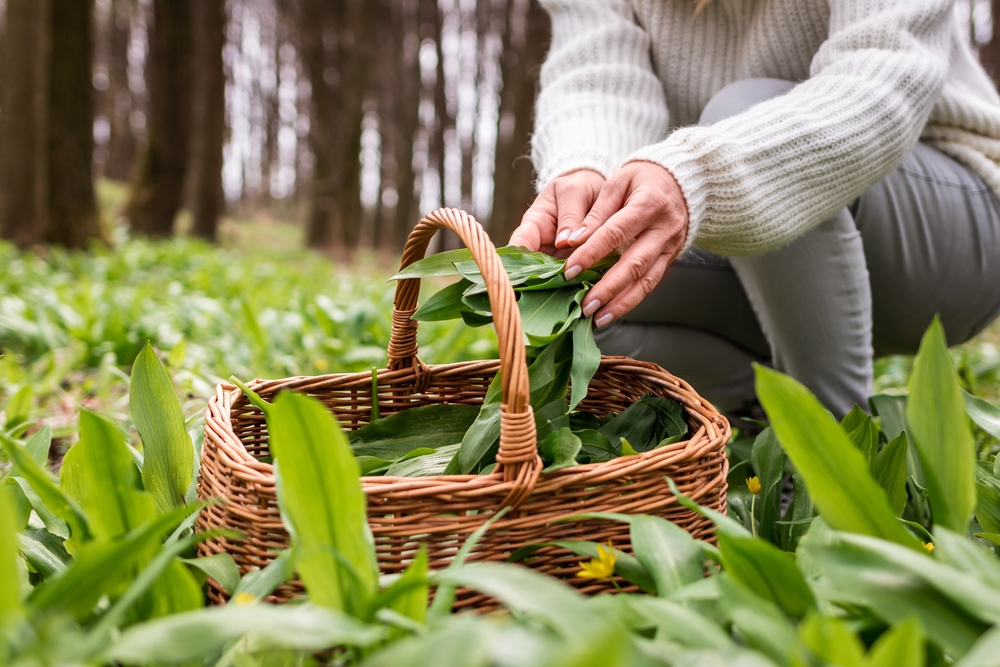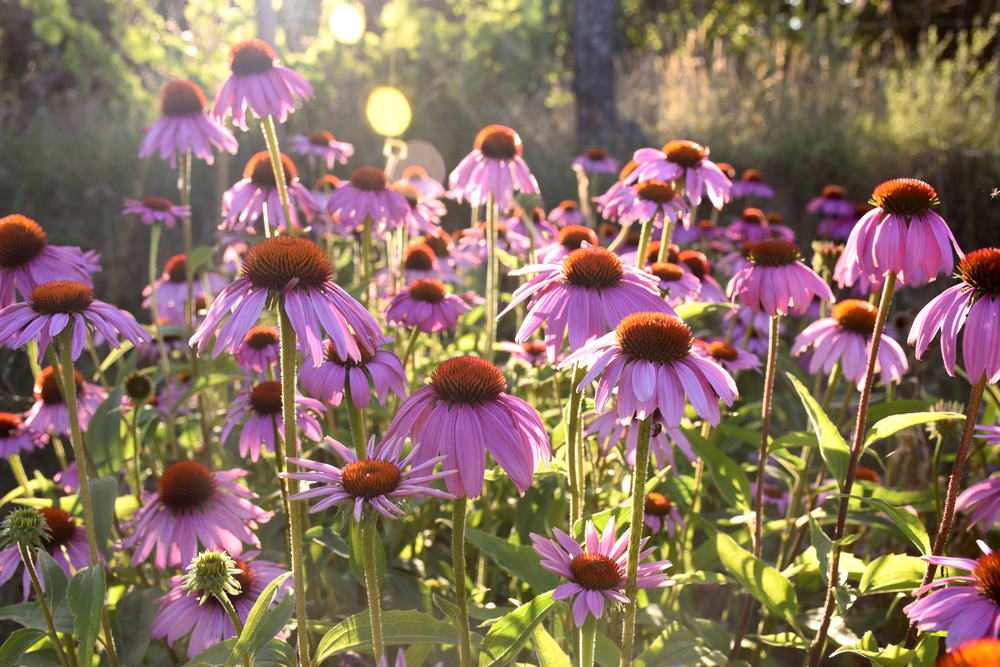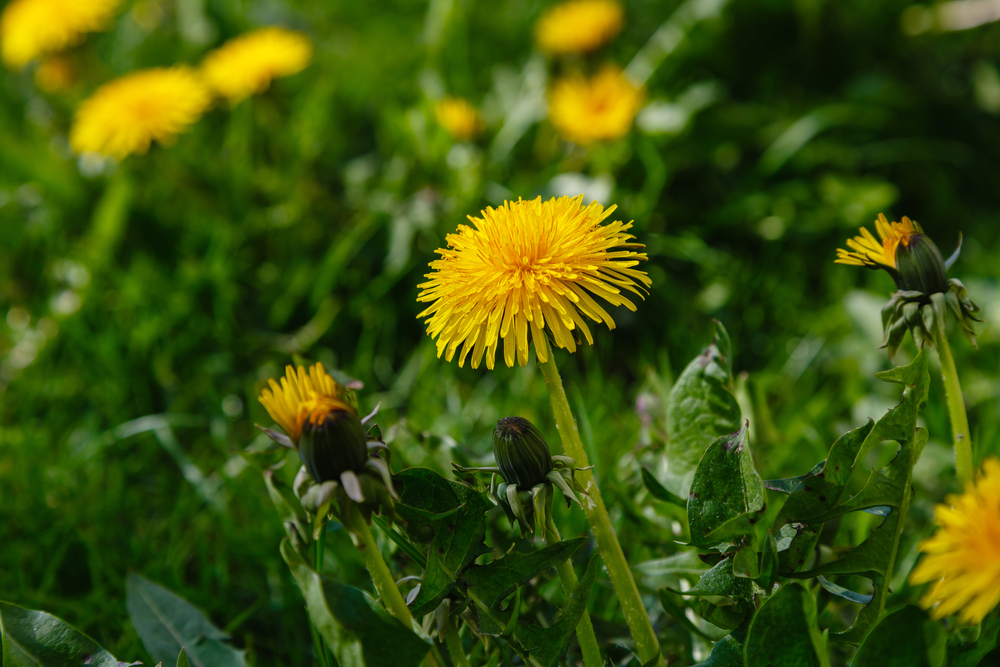Posted by Amber Williams on 25th Oct 2023
Medicinal Plants to Grow and Forage

Medicinal plants have been grown and foraged for centuries, and it is no new concept. But as a society, we seem to have become almost cynical and mistrusting of plants' medicinal qualities.
To this day, plants with healing powers can be grown and picked from gardens or out in the wild – as long as you know what to look for! Use this blog as a guide or even as a doorway into the world of healing plants.
Healing plants to grow in your garden
You don’t even have to go on a hike to find some of the most essential healing plants. You can just grow them in your gardens! There’s a whole host of healing plants out there for you to explore, but for now, we’ve just listed a few of our favourites that won’t only provide healing benefits but will produce a gorgeous garden too.
Primrose – Primroses have been studied for hundreds of years, and primrose oil has been found to have anti-inflammatory properties. It can also be made into a salve that treats wounds, skin dermatitis, and eczema.
Mint – Mint is often considered the perfect remedy to relax the tummy and intestines from an upset or to ease nausea. A cup of peppermint tea can even help relieve symptoms of bloating or indigestion.
Turmeric – Turmeric is considered to be a supplement for sufferers of arthritis, or anyone who wishes to relieve discomfort. It’s also widely believed to prevent DNA mutations, like cancer.
Echinacea – Echinacea has been used for centuries as a form of medicine. It helps to boost your immunity and is thought to improve cold symptoms. It’s even found in a lot of over-the-counter medicines.
Healing plants to find and forage
Dandelions
Dandelions are highly nutritious and have been considered essential for a healthy lifestyle. They are incredibly easy to find, especially around springtime. They are used to help fight inflammation and have been found to have blood sugar-reducing properties. Dandelions are also used to help support healthy digestion and can be used to treat constipation as they’re high in fibre.
Yarrow (Achillea)
Achillea plants have flat heads, which are easy to find on nature trails. Yarrows were often used to treat coughs and fevers, or even to stop cuts from bleeding. A yarrow salve can be made with these plants, but do not mistake them for Poison Hemlock. You can tell Achillea and Poison Hemlock apart from a few characteristics – hemlock tends to have a firework explosion-shaped flower head, whereas Achillea plants tend to have more of a uniform flat head, and the flowers are more compact.
The best way to tell if you’re dealing with Hemlock is by checking the stems. Many will show red or purple splotches along the stem. Achillea plants won’t have this on their stems.
Wild garlic
Wild garlic is known for its anti-bacterial properties. It can ease intestinal issues and flare-ups, as well as give protection from cold and flu symptoms. You usually smell wild garlic before you see it, but when you do, it’ll be in abundance! They’re often found in woodland areas or shady spots near lots of trees. You can eat wild garlic raw (although we recommend washing it first) or pop it in a pesto. Be sure to just pick the leaves though!
Stinging nettles
Stinging nettles contains all kinds of nutrients and amino acids. They’re known to be an antioxidant and anti-inflammatory, treating symptoms of arthritis and other painful afflictions. They could even be used to treat hay fever or even, thanks to recent studies, enlarged prostate symptoms.
You can find stinging nettles along many walkways, public paths, or in woodland walks. Make sure when you harvest nettles that you wear gloves, as they can cause irritation, and wash them before eating. You can use nettles to make tea or cook them in soups and stews or even stir-fries. Please avoid eating them fresh, no one wants irritation on their tongue!

